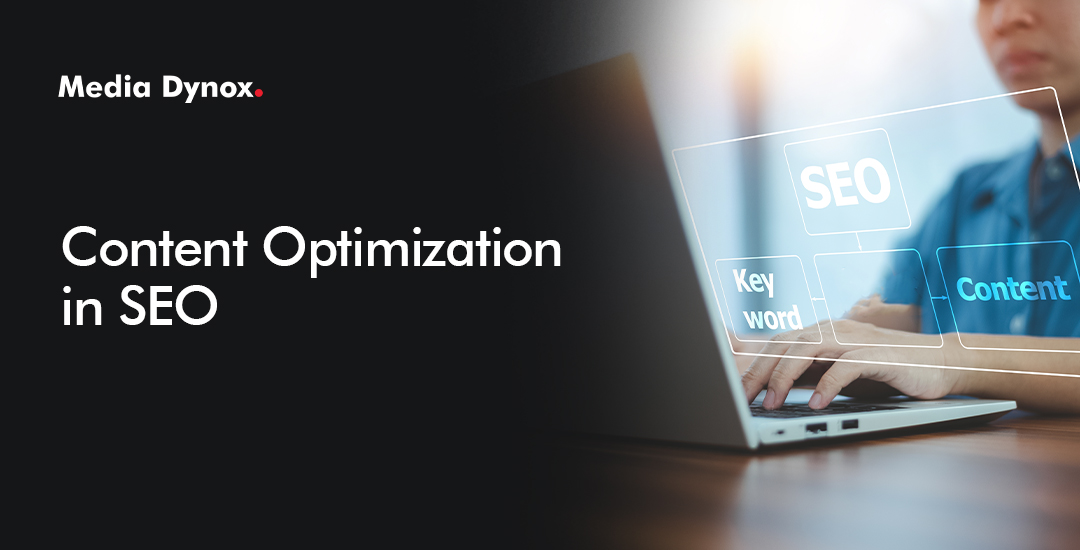
In today's highly competitive online landscape, content optimization plays a pivotal role in driving organic traffic and improving search engine rankings. By strategically optimizing your website's content, you can enhance its visibility and increase its chances of being discovered by your target audience. But what exactly is content optimization in SEO, and how can you harness its power to your advantage?
Content optimization involves carefully curating and fine-tuning your website's content to make it more relevant, engaging, and appealing to both search engines and human readers. It encompasses various elements, including keyword research and integration, meta tags, header tags, image optimization, and user-friendly formatting. Effective content optimization not only helps search engines understand the context and relevance of your website but also provides valuable information to your users, keeping them engaged and more likely to convert. By creating high-quality, keyword-rich content that aligns with your brand voice and resonates with your target audience, you can strengthen your online presence, attract more qualified traffic, and ultimately achieve better rankings in search engine results.
Keyword research is a critical step in content optimization. It involves identifying the keywords and phrases that your target audience is using to search for information related to your industry or niche. By understanding the keywords with high search volumes and low competition, you can create content that is more likely to rank well in search engine results. To conduct keyword research, you can use various tools such as Google Keyword Planner, SEMrush, or Ahrefs. These tools provide valuable insights into search volumes, competition levels, and related keywords. Once you have identified the target keywords, you can strategically integrate them into your content to improve its visibility and relevance.
On-page optimization techniques focus on optimizing the elements within your content to improve its visibility and user experience. These techniques include optimizing meta tags, headers, subheadings, content length, readability, and multimedia elements.
Meta tags and meta descriptions provide search engines with information about your webpage. The meta title appears as the clickable headline in search engine results, while the meta description provides a brief summary of the webpage's content. By optimizing these tags with relevant keywords and compelling descriptions, you can increase the click-through rate and improve your website's visibility in search results.
Headers and subheadings not only improve the readability and organization of your content but also play a crucial role in SEO. Search engines give more weight to the text within headers and subheadings, as they provide an overview of the content. By strategically incorporating keywords into these headings, you can signal the relevance of your content to search engines and improve its chances of ranking higher.
The length and readability of your content also impact its optimization. While there is no specific word count that guarantees better rankings, longer-form content generally performs better in search engine results. This is because longer content tends to provide more comprehensive information and satisfies user intent. However, it's important to maintain readability by using short paragraphs, bullet points, and headings to break up the text and make it more scannable.
Images and multimedia elements not only enhance the visual appeal of your content but also contribute to its optimization. By optimizing image filenames, alt tags, and descriptions with relevant keywords, you can improve their visibility in image search results. Additionally, using multimedia such as videos or infographics can increase engagement and time spent on your website, signaling to search engines that your content is valuable to users.
Link building is an essential aspect of content optimization. By acquiring high-quality backlinks from authoritative websites, you can boost your website's credibility and authority in the eyes of search engines. This, in turn, can improve your rankings in search results. Internal linking is another important strategy for content optimization. By linking relevant pages within your website, you can create a logical and interconnected structure that helps search engines understand the context and relevance of your content. Additionally, internal links can guide users to other valuable resources on your website, increasing engagement and reducing bounce rates.
To ensure the effectiveness of your content optimization efforts, it's crucial to measure and analyze their impact. Tools like Google Analytics and Google Search Console provide valuable data on website traffic, keyword rankings, click-through rates, and user behavior. By regularly monitoring these metrics and making data-driven adjustments to your content strategy, you can continuously improve your website's optimization and drive better results.
Content optimization in SEO is a multifaceted process that requires strategic planning, keyword research, and a deep understanding of your target audience. By optimizing your website's content with relevant keywords, meta tags, headers, multimedia elements, and internal links, you can enhance its visibility, improve search engine rankings, and attract more qualified traffic. Remember to regularly measure and analyze the impact of your optimization efforts to refine your strategy and stay ahead in the competitive online landscape.